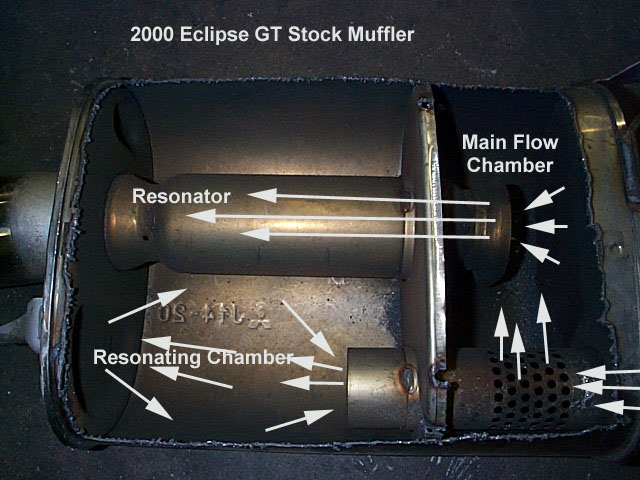Quote:
Originally Posted by Christ

Regarding carbs, once you retuned the carb, you were adding more fuel to the new amount of airflow to acheive more power across the board, which still means that you're burning more fuel at a specific RPM than you were. If the amount of fuel you're burning extra is less than the VE increase, you get a net gain in efficiency. If it's not, you're either breaking even or worse for efficiency, even though you could still be making more power than you were before.
Our purpose isn't normally to increase low-end torque above what's already there, it's to make the engine more efficient at creating it. That means that anything which requires additional fuel, with few exceptions, is going the wrong way for our intentions. Most vehicles already have plenty of torque to do what they need to do, so adding more isn't really going to help, unless it's a byproduct of increased efficiency.
|
Increasing low end torque output means you can run a smaller amount of throttle, increasing your vacuum at cruise, and thus net an overall reduction in fuel usage.
There are also modern cams to consider, as well as egr function. The net benefit of running an efficient exhaust at cruising speeds is to reduce the amount of energy required to push the exhaust out the tailpipe.
I think for hypermiling purposes the only thing you can do that would even possibly have a noticeable effect would be an aftermarket muffler, since the stocker is nearly always a POS.
You can see in this pic that the exhaust coming into the stock muffler has to make a right angle turn to get to the exit, and this is actually a pretty good stock muffler:

On the other hand, a good performance muffler has a straight-through design that is a lot less restrictive:

The reason stock mufflers don't look like this is because performance mufflers won't pass the noise requirements the govt. places on the OEM's.